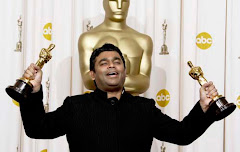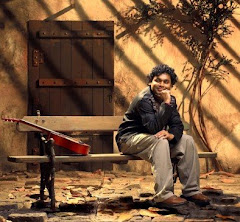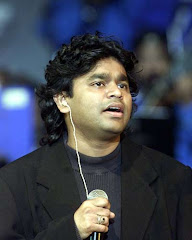
DESARAJU SURYA
Hyderabad: “Who’s the newsmaker of 2008 in Andhra Pradesh?” The answer is not too hard to guess. Mega Star Chiranjeevi should easily be voted as the Newsmaker of 2008. From a “daring, dashing and dynamic hero” who began his filmy career in 1978, Konidela Siva Sankara Varaprasad – alias Chiranjeevi – has always hit the headlines as he rose steadily in his 30-year-long career in the tinsel town. Year 2008 pushed him into the limelight yet again, for a different reason though. The Telugu Mega Star virtually bid adieu to the film world -- that earned him name, fame and fortune -- to jump onto the political bandwagon, thus becoming the Newsmaker of 2008. On August 17, 2008 he formally announced to the world his decision to join politics, after having kept everyone guessing for over 10 months. And, on August 26, Chiranjeevi launched his Praja Rajyam Party with a lot of fanfare in the temple town of Tirupati, marking the second innings of his life. “I shall usher in the change that people of Andhra Pradesh have been longing for and turn the state into ‘Santoshaandhra Pradesh’ (the state of happiness),” Chiranjeevi vowed while inaugurating Praja Rajyam Party. It took over 15 years for 53-year-old Chiranjeevi to take a political plunge, for, there had been anticipation of his political foray since 1993 when he was at the pinnacle of glory in the film industry delivering one mighty hit after the other. He, however, preferred the celluloid greasepaint to the political sleaze and went on to don a variety of roles in a total of 148 films in Telugu, Kannada, Tamil and Hindi. Incidentally, he donned the role of a politician in only one film – Mutha Mestri (labour leader) – way back in 1993, when the first call for his political debut was heard. Year 2006 saw Chiranjeevi bask in additional glory as the Government of India conferred the Padma Bhushan on him and the Andhra University an honorary doctorate. The next year, however, remained rather turbulent for him due to some disturbances in personal life. But at the same time, calls for his political entry from a cross section of people across the state had also increased. Having endeared himself to the audience as an actor-par-excellence and a great dancer, Chiranjeevi permanently sealed his place in the Telugu people’s hearts through his social service activities – notably eye and blood donation – through the Chiranjeevi Charitable Trust for over a decade. With his only son Ramcharan Tej stepping into his shoes as an actor, Chiranjeevi was in a way left with no other option except to accept the wishes of crores of his admirers – don the politician’s role in real life after having enacted the role only once in reel life. “Former President A P J Abdul Kalam was the driving force behind my decision to enter politics. It would have been a historic blunder had I shied away from taking the political plunge,” Chiranjeevi said while announcing his decision to join politics, adding that the late N T Rama Rao too had inspired him to take up public service.“I am entering the political field with the only objective of serving the people and not with any ambition of securing power,” the Mega Star had declared. The “shift” (from the glamour-filled tinsel town to the murky world of politics) also gave him “self-satisfaction.” Whether or not he will be able to ride to power, Chiranjeevi, however, has certainly emerged as the key factor in Andhra Pradesh politics now who could make or mar the prospects of the existing players. The Chiranjeevi mystique unravels only in April\May 2009 when elections in the state end.





















